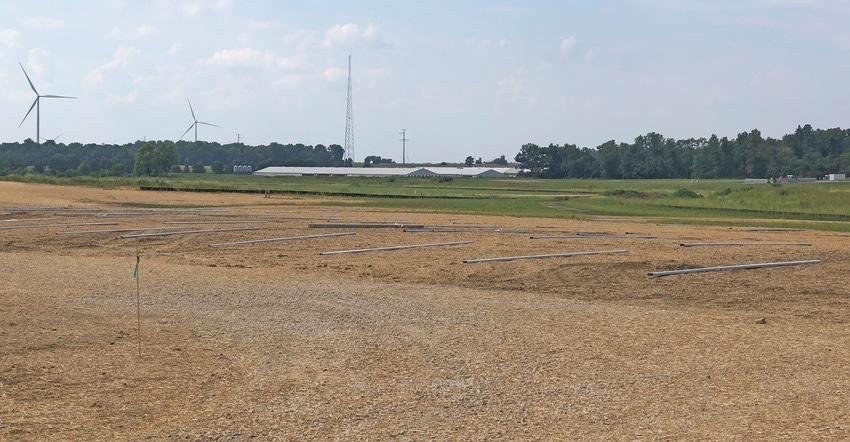September 20, 2021

Acres of solar panels on ground not suited for much else by the Indianapolis airport hasn’t drawn much comment. There is a small solar installation by the Johnson County REMC, perhaps 10 acres, in southern Johnson County, Ind., and it hasn’t stirred controversy. It wasn’t until some energy developers started proposing very large solar farms that people in some communities became upset. I don’t have to drive very far to see “Stop Commercial Solar” signs.
We’ve even carried comments from those against proposed solar farms on the website. You know what we got? Emails and letters from people who quietly think solar is a good idea, telling us we shouldn’t listen to people who aren’t directly involved and who have questionable “facts.”
The same thing happened in reverse when I wrote about a windmill project in Randolph County, Ind., a few years ago. Irate people emailed. One even sent a 2-inch-thick envelope full of “literature,” to use the term loosely. I’ve yet to see proof that windmills make your blood flow backward. Oh yes, it’s a story that goes around.
Solar issue
Recently, I drove by a large solar farm under construction in Randolph County. Personally, I have mixed feelings about tying up farm ground for 20 years minimum. Then I had the opportunity to attend an energy forum sponsored by the Indiana Agriculture-Climate Alliance, or IN-Climate, a new group forming to deal with these types of subjects. Panel members included a key person from the development of that solar farm, a farmer with a small solar farm and a farmer ready to sign land into a solar project in St. Joseph County, a county friendly to solar development.
I learned that some of the things well-meaning people who oppose solar have told me simply aren’t true. For example, the panels most companies use today don’t contain liquid, so they can’t leak. A few companies still use cadmium, but many don’t.
Joe Donnelley, the former U.S. senator and a friend of solar, suggests it’s an economic win for the farmer who diversifies by putting panels on his farm and for the rural community that can collect tax money.
So where does that leave me? I believe it’s time to have a conversation about solar in Indiana and what the future holds.
Calm conversation
Ah, but there are ground rules for this conversation:
Be respectful. If you send me a terse email with foul language, it will get deleted. Compose your opposition or support in a sensible way.
Be willing to go on record. If you tell me solar is bad for Indiana but won’t be quoted, don’t bother to call or write. I’ve already heard from those people. If you believe strongly, you won’t mind being identified.
Know your facts. Make sure your sources are reputable. There are still bad actors in these industries, even the solid citizens admit it. We need to know about them. But perhaps you don’t need to condemn the entire industry.
Bring an open mind. It’s the only way to reach common-sense conclusions.
Demonstrate common sense. That’s the last requirement. If you have a different idea, like putting solar on rooftops in urban areas instead of farmland, share your facts.
We’ve dodged addressing this issue correctly for far too long. It’s time to talk about the 800-pound gorilla in Indiana’s energy future in a civil way.
Comments? Email [email protected].
You May Also Like




